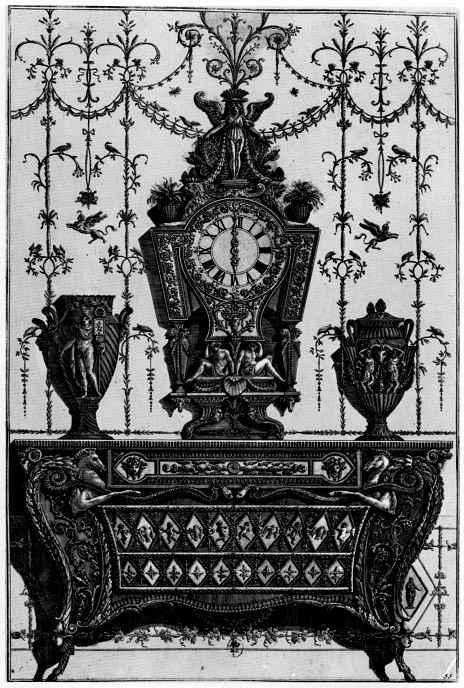Giovanni Battista Piranesi. An artist whose name is associated with the concept of "paper architecture"
"They despise my newness, I am their timidity. " (Giovanni Battista Piranesi)"
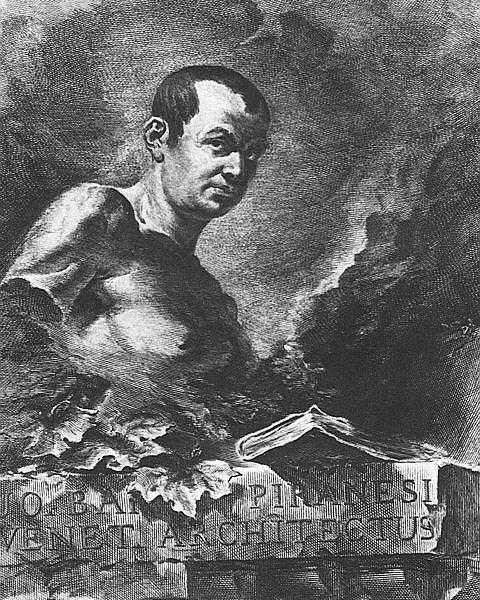
Giovanni Battista Piranesi was born in 1720 in Mogliano Veneto. His father was a stone man. Since childhood, the boy helped him in the workshop.
With age, Giovanni Batista began to learn the basics of architecture: first in the city of Venice with his engineer uncle, and after architect Giovanni Scalfarotto. Several years also took lessons from the carvings of the famous engraver Karl Dzukki, reading the works of ancient writers.
At the age of 20 he went to Rome, where he worked as a schedule at the ambassador's residence. During his lifetime, the artist admires the works of Lord Giuseppe Vazi, and this is largely reflected in his engravings.
Piranesi combines the work of existing architecture with a fictional and very accurate convey the game of light and shadow.
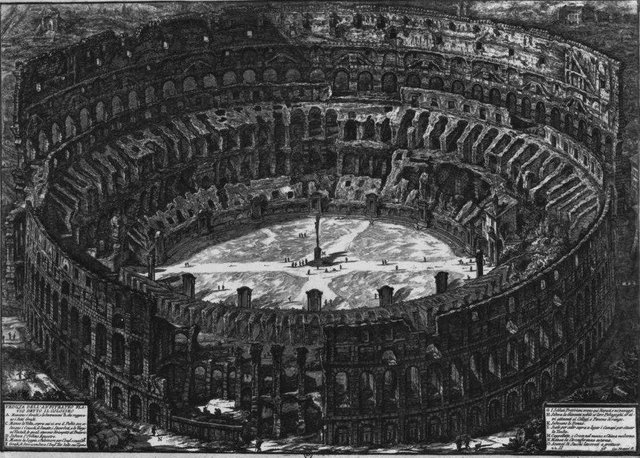
This is a real monument of Ancient Rome, in archaeological excavations in which artists participated. In such works, he first tried to emphasize the importance of Roman architecture.
Pavel Muratov, a Russian writer and art critic, notes:
"In the classical world, his [Piranesi] is not so attracted by the greatness of creation as the greatness of destruction, his imagination is fascinated not by human hands because of the touch of the hands of time.In the spectacle of Rome he sees only the tragic side of everything, it becomes greater than ever in reality. "
And below are the works of a series of famous carvings that only depict fictitious objects.
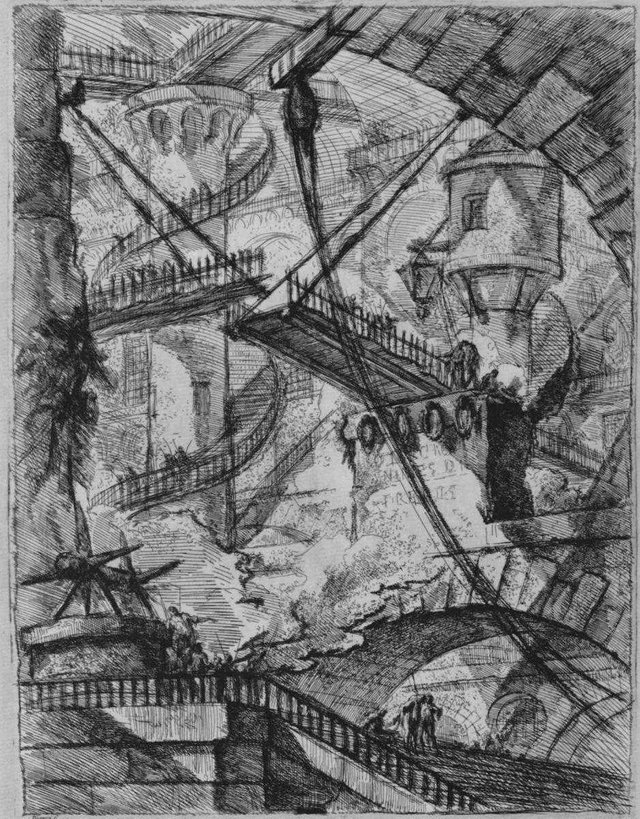
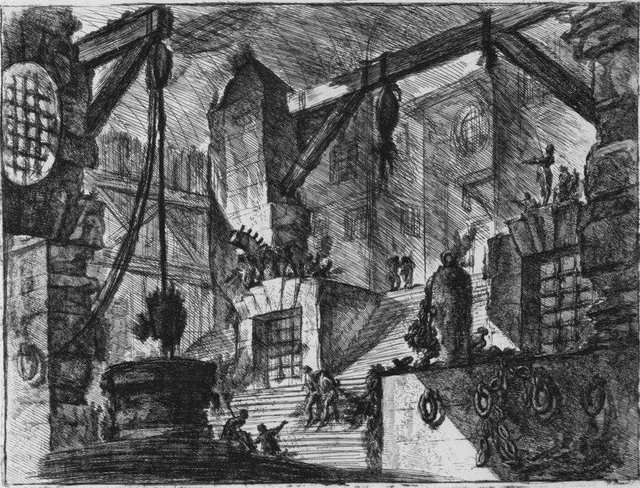
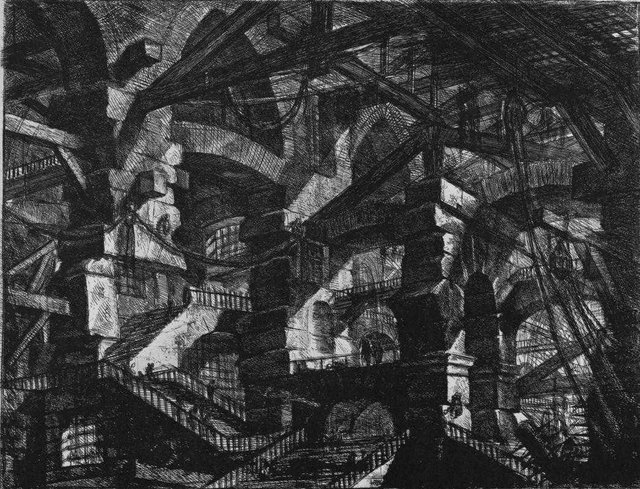
A year before the death of Giovanni Batista was studied almost unknown at that time, the Greek temples in Paestum. These ensembles inspire him to create a series of great beautiful carvings.
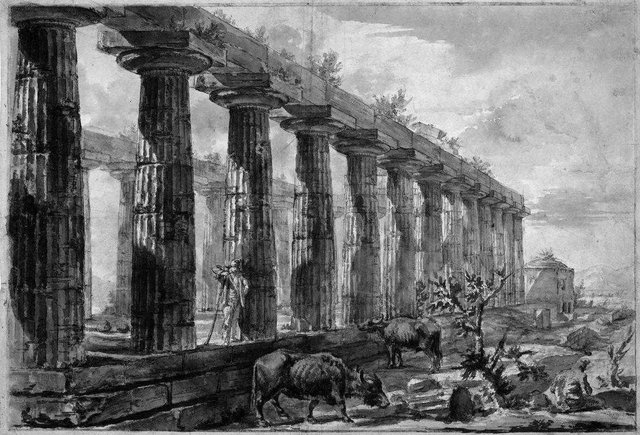
The artist died in 1778 in Rome he loved. The cause of his death is a disease, but which, it is unknown. Giovanni is buried in a temple built in accordance with his design.
After his death, the sale of the remains of Piranesi was done by his relatives in Paris. After changing many owners, today his copper board is in the state of Kalkografiya in Rome. The glory of talented artists does not stop until now: they are arguing about him, making new books, and the world's largest museum often organizes his exhibition of his work.
All artwork presented in the article is in the public domain
